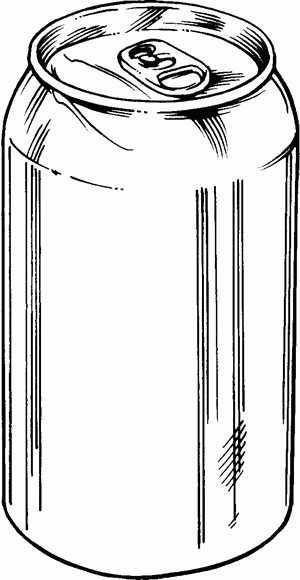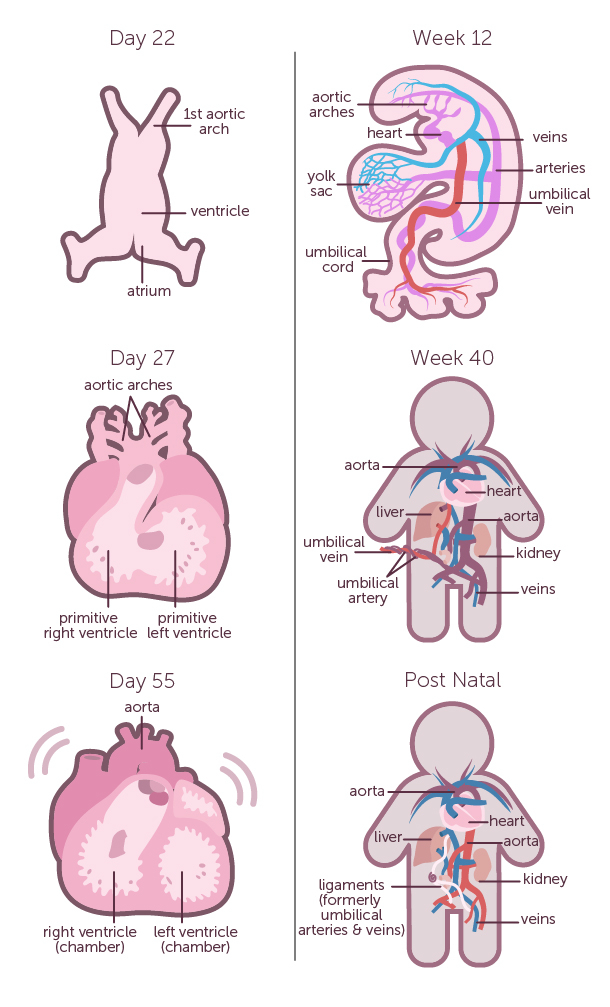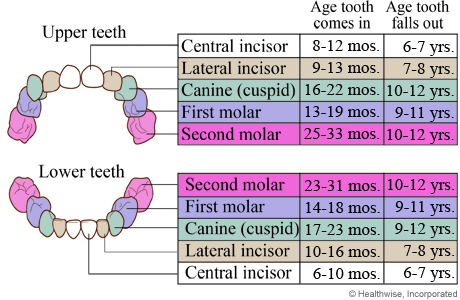When Should All Baby Teeth Be Gone: A Comprehensive Guide
As parents, one of the milestones we eagerly anticipate is when our children lose their baby teeth and their permanent teeth start to come in. But when exactly should all baby teeth be gone? This article will delve into everything you need to know about the process of losing baby teeth, the typical timeline, and what to expect along the way.
Knowledge
When Should All Baby Teeth Be Gone is a common question among parents, as it marks a significant transition in a child’s dental development. The process of losing baby teeth, also known as exfoliation, typically begins around the age of 6 or 7 and continues until the age of 12 or 13. However, this timeline can vary from child to child.
During the exfoliation process, the roots of the baby teeth gradually dissolve, allowing the teeth to become loose and eventually fall out. This makes room for the permanent teeth to emerge and take their place. The order in which the baby teeth are lost can also vary, but it usually follows a pattern starting with the central incisors and ending with the second molars.
It is important to note that losing baby teeth is a natural and normal part of a child’s development. However, if a child loses their baby teeth too early or too late, it could be a sign of underlying dental issues that may need to be addressed by a dentist.
Parents can help facilitate the exfoliation process by encouraging good oral hygiene habits, such as regular brushing and flossing, and ensuring that their child eats a healthy diet rich in essential nutrients for dental health. It is also essential to monitor the eruption of permanent teeth and consult a dentist if there are any concerns or abnormalities.
Conclusion
In conclusion, the process of losing baby teeth is a natural and important stage in a child’s dental development. Understanding when should all baby teeth be gone can help parents navigate this transition with confidence and ensure that their child’s oral health remains optimal. By following good oral hygiene practices and seeking professional dental care when needed, parents can support their child’s journey towards a healthy and beautiful smile.
Overall, this article is aimed at parents and caregivers who want to learn more about the exfoliation process and how to best support their child’s dental health. By staying informed and proactive, parents can help their child navigate the loss of baby teeth smoothly and set the stage for a lifetime of good oral hygiene habits.
Remember, every child is unique, and the timeline for losing baby teeth can vary. If you have any concerns or questions about your child’s dental development, don’t hesitate to consult a pediatric dentist for personalized guidance and care.






